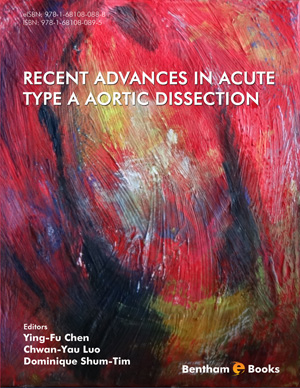Abstract
SHS investigation development is considered from the geographical and historical viewpoint. 3 stages are described. Within Stage 1 the work was carried out in the Department of the Institute of Chemical Physics in Chernogolovka where the scientific discovery had been made. At Stage 2 the interest to SHS arose in different cities and towns of the former USSR. Within Stage 3 SHS entered the international scene. Now SHS processes and products are being studied in more than 50 countries.
Abstract
Acute type A aortic dissection (TAAAD) is a rare, life threatening emergency. Improvements in surgical management and postoperative blood pressure control have made it clear that the TAAAD is a brief phase in a chronic disease process. Dissection that extends to the distal arch and aorta may cause late complications such as aneurysmal degeneration. The surgeon, therefore, must manage TAAAD with this in mind, and allow extra graft length or debranch the supra-aortic vessels to facilitate late reintervention. This is particularly important in younger patients with distal aortic involvement. Options for late distal reintervention include open surgical replacement of the aorta, aneurysm exclusion with endovascular stent grafts, including the rapidly maturing branched graft technologies, or a combination of the two in a hybrid procedure.
Keywords:
Acute type A aortic dissection, Aneurysmal degeneration, Aortic Arch, Branched graft, Debranching, Descending thoracic aorta, Elephant trunk, End-organ ischemia, Endovascular, Reintervention, Repair, Rupture, Stent graft, Supra-aortic vessels, Thoracic aneurysm, Thoracoabdominal aneurysm, Thoraco-abdominal aneurysm, Thoracotomy, Type A, Type B.
Recommended Chapters
We recommend

Authors:Bentham Science Books


 Download PDF Flyer
Download PDF Flyer



